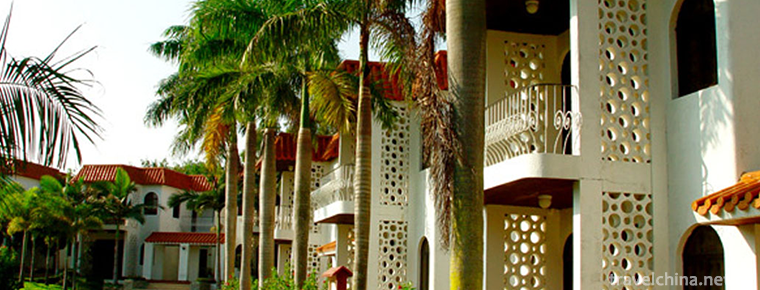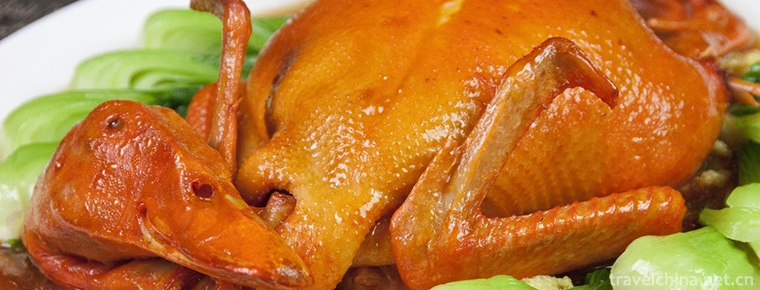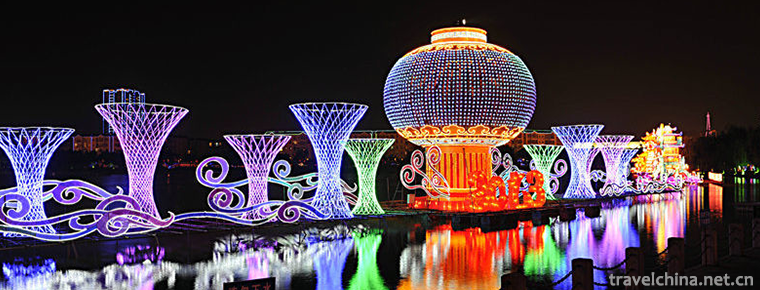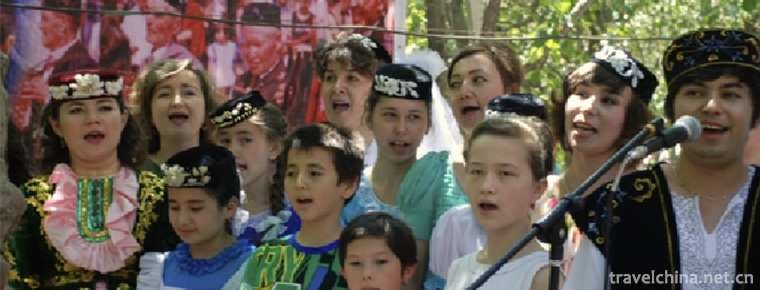Firing Techniques of Jieshou Coloured Pottery
Firing Techniques of Jieshou Coloured Pottery
The firing technique of Jieshou colored pottery, the local traditional handicraft technique of Jieshou City, Anhui Province, is one of the national intangible cultural heritages.
The firing skills of Jieshou painted pottery originated from the Tang Dynasty, and is the essence of handicrafts in Huaibei. In 1999, the Liuzi Canal in Huaibei unearthed a large number of first three-color pottery pieces, which became one of the ten archaeological discoveries in China at that time.
On May 20, 2006, the firing technique of Jieshou color pottery was approved by the State Council and listed in the first batch of national intangible cultural heritage list. On May 15, 2018, it was selected as the first national catalogue of revitalization of traditional crafts.
historical origin
In the Sui Dynasty, Jieshou had a history of burning pottery in vertical kilns.
In the Tang Dynasty, the first three-color carved pottery came into being because it was next to Luoyang, the origin of the three-color pottery in the Tang Dynasty.
After nearly a thousand years of development, the first three-color carved pottery has gradually evolved into today's three-color carved pottery. However, its unique plastic arts and decorative arts still maintain the ancient charm.
Process characteristics
Feature summary
The ancestors of the Tang Dynasty used the external force of their feet to make the pottery wheel rotate at a uniform speed, put mud on the wheel, put their hands on it skillfully, and pull out the pottery tires with ever-changing shapes. After drying, white clay was applied to the tread, then dried to half-dry, painted flowers, birds, fish and insects on the tread with iron or bamboo sticks, then glazed with lead and earth, dried and placed in the kiln, and firewood fired for three or four days. Its depiction content, mostly natural flowers and birds, and because its jar neck or bottom are engraved with two consecutive patterns of flowers as the theme, so it is called carved pottery; pottery kiln burned ochre red, with emerald green and earth yellow glaze, natural formation of tricolor glaze, the combination of the two is called tricolor carved pottery.
From the second period, after hundreds of years of practice, pottery artists gradually enriched the depiction theme of colored pottery. Besides flowers, birds, fish and insects, traditional dramatic scenes such as "Breaking Hongzhou", "Battling Qinqiong", "Haze Beauty Case" and so on also "moved" to the pottery altar; in the performance techniques, the use of picking, carving, scraping and other techniques, make the picture more colorful, and the theme more distinct. The decorative techniques of painted pottery in this period have continued to this day. Its decorative techniques are mainly manifested in two aspects: one is the particularity of the tool. Using knives and needles instead of pens, cutting, engraving and scraping together, the picture produces black, white and grey artistic effects; this traditional technique is no exception in China's domestic ceramics industry. Second, the compatibility of regional folk art. The decorative artistic features of Jieshou painted pottery not only include the lines of local woodcut New Year pictures, but also absorb the characteristics of the combination of lines and surfaces of Jieshou paper-cut.
Decorative elements
The unique art of decoration of painted pottery is composed of many elements. Such as the unconscious application of the gold rate, the processing of space, the layout of the picture and so on, the best combination of its multiple elements creates the unique artistic personality of Jieshou painted pottery. However, Jieshou painted pottery is the crystallization of human being's continuous observation, discovery, refinement and creation in the long-term production practice and social life; from simple imitation to comprehensive artistic creation, from occasional discovery to skilled mastery, so repeated practice, inspiration and regularity, the principle of creating beauty is summed up. Therefore, the symmetrical, balanced and decorative beauty of Jieshou painted pottery is a collection of beauty rooted in local life. The main material of Jieshou painted pottery comes from the clay layer on both sides of Yinghe River. Therefore, it has the local and national characteristics, thus forming the "Jieshou painted pottery" with personality and unique artistic language.
Modeling law
Inheritance and protection
Inheritance significance
The firing technique of Jieshou painted pottery reflects the peasants'honest and simple character and the aesthetic interest of their clumsiness and ingenuity. It also reflects the aesthetic trend of Chinese folk art that advocates nature and pursues harmony.
representative figure
Lu Qunshan, male, born in September 1950. In June 2007, Lu Qunshan was selected as the representative successor of the first batch of national intangible cultural heritage projects and declared by Jieshou City, Anhui Province.
Wang Jingsheng, male, Han nationality, born in 1944, is from Jieshou City, Anhui Province. In June 2007, Wang Jingsheng was selected as the representative successor of the first batch of national intangible cultural heritage projects and declared by Jieshou City, Anhui Province.
protective measures
On the afternoon of August 1, 2017, Anhui Provincial Non-Heritage Center, Fuyang City Non-Heritage Center and Jieshou Municipal New Bureau of Culture and Guangzhou held the docking meeting of the national representative inheritors of intangible cultural heritage.
The National Representative Inheritant Recording Project of intangible cultural heritage is a comprehensive and complete project initiated by the Ministry of Culture to record the rich knowledge and exquisite skills mastered by the national representative inheritors. It is of great significance to preserve the intangible heritage materials, promote the inheritance of intangible heritage, and accelerate the research and protection of intangible heritage.
social influence
Honorary commendation
From August 8 to August 13, 2013, in the 8th China Folk Art Exposition co-sponsored by the Chinese Federation of Literature and Artists, the Chinese Association of Folk Literature and Artists, the People's Government of Jilin Province and the People's Government of Changchun City, Lu Lihua, the provincial representative inheritor of the "world's first colorful pottery firing skills", won the silver prize for folk art works.
Important exhibition
On June 30, 2017, Huayun Anhui Non-Heritage Hall, located at 77 Qianmen Street, Beijing, was officially opened, among which the first painted pottery in the world was one of its exhibits.
On October 10, 2014, the 3rd China intangible cultural heritage exposition was held in the ShunGeng International Convention and Exhibition Center of Jinan, among which the first painted pottery in the world was one of the exhibits.
Cultural anecdotes
At first, the Lujia only burned black pottery to produce some daily necessities. One year, Li Yuan, the father of Li Shimin, Taizong of Tang Dynasty, passed through the Liuli Temple of Jieshou, and lived nearby. He dreamed of Litai at night. There were green, yellow and white pottery pots on it. When he woke up, he immediately ordered the nearby potters to make three-color pottery. However, due to the limited skill of the kiln-maker at that time, he burned for three days and three nights, only burned yellow and white pottery pots, and could not think of a way to make green pottery.
Just when everyone was worried, a copper worker passed the kiln factory. Because of continuous rains for many days, the copper worker was forced to work in the kiln factory. Some copper powder was blown into the kiln by the wind. Unexpectedly, these copper powder changed the color of the pottery and they produced green pottery. Lu Qunshan said that up to now, copper powder is still one of their raw materials for making pottery. When the Lu family mastered the skills of making tricolor pottery, it began to pass on from generation to generation and spread gradually.
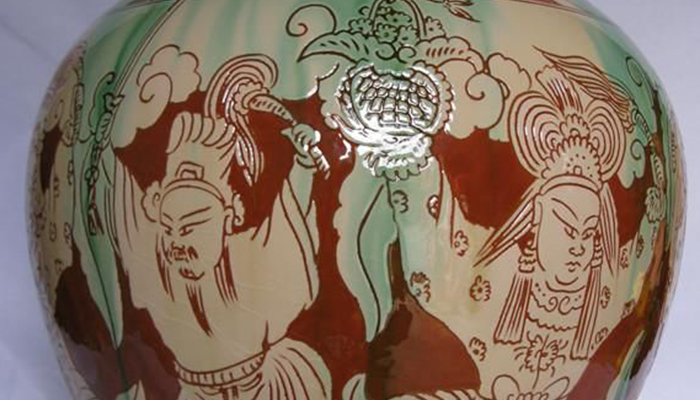
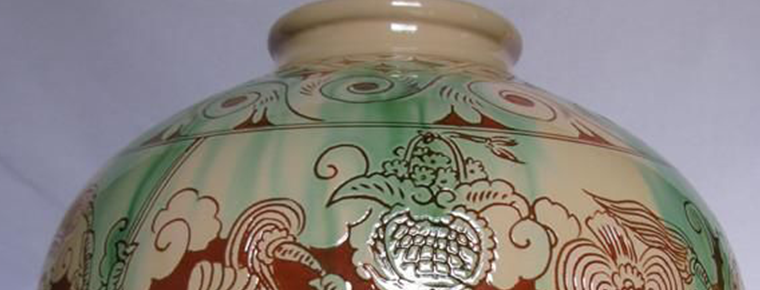
Firing Techniques of Jieshou Coloured Pottery
-
Mount Tai
Mount Tai, also known as Daishan, Daizhong, Daiyue, Dongyue, Taiyue, is located in the central part of Shandong Province, belonging to Tai'an City, stretching between Tai'an, Jinan, Zibo, with a total
Views: 263 Time 2018-10-28 -
Blue Moon Bay Hot Spring Resort
Lanyuewan Hot Spring Resort is the largest four-star garden-style foreign-related hotel and national AAAA-level tourist scenic spot in Western Guangdong. It is located in the quiet "Guangzhou Bay
Views: 200 Time 2019-01-29 -
Eight treasures duck
Babao duck is a characteristic traditional dish in Suzhou, which belongs to Shanghai cuisine and Su cuisine. But it is best cooked by the old restaurant in Shanghai, Town God's Temple
Views: 232 Time 2019-03-27 -
Exhibit of lanterns
The Lantern Festival is an ancient folk culture in China. It generally refers to the large-scale lighting exhibition held by the government around the Spring Festival and the Lantern Festival
Views: 180 Time 2019-04-26 -
Ningjin Acrobatics
Ningjin acrobatics is one of the traditional folk acrobatics in Shandong Province. With its long history of development, extensive mass base, profound cultural heritage and exquisite performing skills
Views: 194 Time 2019-06-08 -
Saban Festival of the Tatar Nationality
The Saban Festival (also known as Ploughshare Festival) of the Tatar Nationality is a unique traditional festival of the Tatar Nationality. Every year, after the spring sowing of all the farmers in th
Views: 180 Time 2019-06-18 -
Sichuan University Of Science and engineering
Sichuan University of Light Chemical Industry is a general full-time university with more than 50 years of undergraduate and nearly 20 years of postgraduate education, which has coordinated developmen
Views: 251 Time 2019-08-31 -
Jiufeng Mountain Scenic Area
Jiufeng Mountain is located in Dabao Township in the northwest of Pengzhou. It is about 97 kilometers away from Chengdu, with an altitude of more than 3315 meters. It is the crown of Pengzhou mountains, a sacred and mysterious area
Views: 255 Time 2020-11-05 -
Climate of Yibin
Yibin City has a humid monsoon climate in the middle subtropics, and the low hills and river valleys have the climate attributes of south subtropics. It has the characteristics of mild climate, abundant heat, abundant rainfall, suitable illumination, long fr
Views: 366 Time 2020-12-18 -
Mineral resources in Yibin
There are 44 kinds of mineral resources discovered and evaluated in Yibin, 305 mineral areas. Among the 23 kinds of proved reserves with E-class reserves, there are 6 kinds of large-scale mining value
Views: 145 Time 2020-12-18 -
Dazhous first industry
In 2019, the annual grain planting area of Dazhou city is 556900 hectares, an increase of 0.3% over the previous year. Among them, rice was 191500 ha, an increase of 0.2%; maize was 137500 ha, an increase of 0.9%; potato was 162000 ha, a decreas
Views: 200 Time 2020-12-20 -
Dazhou culture
Baqu culture refers to the fact that Dazhou city is located in Bashan canal and belongs to Badi in ancient times. The chapter of Baqu customs is listed in the ancient book Taiping Huanyu Ji thousands of years ago; the second refers to the unique cultur
Views: 391 Time 2020-12-20

